Media | Articles
Tesla’s first car is a true collectible
Mark my words: The Tesla Roadster is a likely candidate for a future classic. Why? For the same reason a 2007 iPhone just fetched $190,000 at auction. With a paltry 4GB of storage and almost zero functionality compared to iPhones of today, by any objective assessment it is ludicrously unfit for purpose. Yet it still went for the same sort of money Porsche asks for a 911 Turbo. It was the first of its kind and is now considered an icon as a result.
The Tesla Roadster is arguably an even greater achievement, if somewhat less successful. It made its global debut in 2006, a new car from a new company, and went into production in 2008, pre-dating even the Nissan Leaf, commonly regarded today as the first credible EV from a mainstream motor manufacturer. The Roadster was a pioneering vehicle in the truest sense of the word, a voyage into undiscovered territory whose future, and future influence, was entirely unknown.
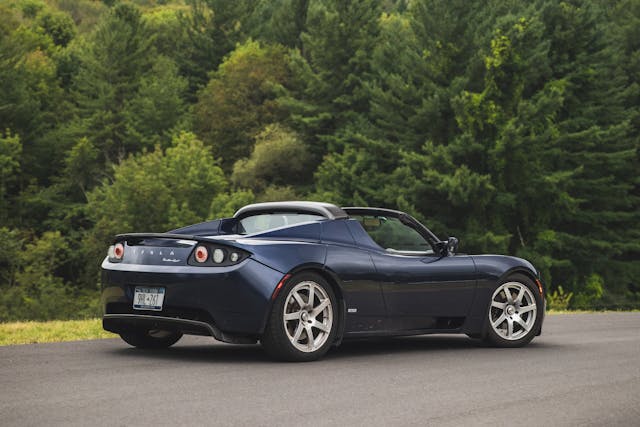
And it bombed. Despite initial enthusiasm and no shortage of publicity, fewer than 2500 units were sold over a five-year period as people decided an extremely expensive sports car that made no noise, had no gearbox, and was saddled with a poor range and dreadfully slow charging times was not actually for them after all. And it is only now, over a decade since production stopped, that a few manufacturers are starting to look at the concept of electric sports cars again. Tesla itself has toyed with a follow-up, but production delays have hamstrung its release. The truth is that, conceptually, the Tesla Roadster was wildly ahead of its time, but the technology to support it simply did not exist at the level required for it to become a viable proposition.
Which is not to say it was a terrible car, just rather flawed. When I first drove one I was ready to rubbish it as the car that took one of my favorite machines, the Lotus Elise, and by making it so much heavier and removing all aural sensation from it, stripped most of what I loved about it in the first place.
But actually, I found it fascinating. I think the first surprise was that the car seemed so well engineered. I’d feared the conversion from Lotus Elise to Tesla Roadster would result in a Rube Goldberg contraption of the kind that might make Doc Brown’s DeLorean seem quite well integrated by comparison. In fact, if you’d had no knowledge of its origins, you’d have thought the Roadster had been designed like that from the outset.
Marketplace
Buy and sell classics with confidence
And it was fast. Really, properly fast. The very first time I put my foot to the floor was on the start line of the famous Goodwood hill, and instead of being slightly bored as I’d expected, I found myself rather busy and goggling at the rate at which it acquired speed. Of course, today an EV with a 0–60 mph time of less than 4 seconds is nothing to get excited about at all, but 15 years ago, when the only other electric car I’d driven was the execrable G-Wiz quadricycle, it was absolutely astonishing.

And while the Roadster was vastly heavier than the Lotus—by 850 pounds, an enormous amount to add to a flyweight like an Elise—it didn’t turn the handling into a nightmare. Sure, it didn’t react to steering inputs like a fly avoiding a swat any more; it felt a touch more cumbersome and a little less intuitive, but remember this was all relative to the standards of one of the best handling cars of modern times. By any other means, it was just fine. Better than fine, in fact.
Of course, I didn’t have to live with it or book a hotel room just to have somewhere to stay while it charged, but today such matters are less likely to be problematic. Today, far more than then, such a car would be the purest of recreations, taken out for relatively short journeys and then left in the garage on a trickle charger until the next time it was due out.
Those who own them will know their car is not the last word on anything. They will have to suffer the jokes about its creator hating his so much he fired it into space, but it is likely these owners won’t care. It will be part of a much larger collection, a curio if you like, but a fascinating one nonetheless. And remember this: Ten years from now, when EV sports cars are no longer a novelty but the norm, people will look back at the Tesla Roadster and remember it all started right there.
In the U.S., where the vast majority of Tesla Roadsters are located, average sale prices are already above $100,000. Individual auction results have even topped $200,000, and my guess is that they’re only heading in one direction from there. In May, we reported a story on a shipping container with three “barn find” Roadsters inside it. At the time, bidding was up to $500,000; currently it sits at $2 million. There’s a reason Hagerty named the Roadster to its 2022 Bull Market list.
In time, the Tesla Roadster will be seen as that first-generation iPhone is now—not the greatest of its kind, but the origin and, therefore, the most important, too.
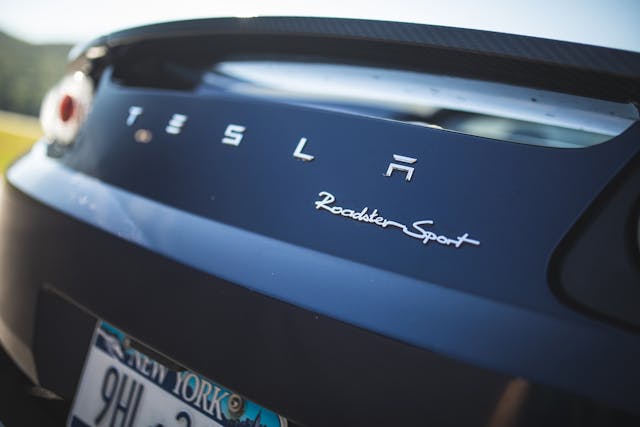

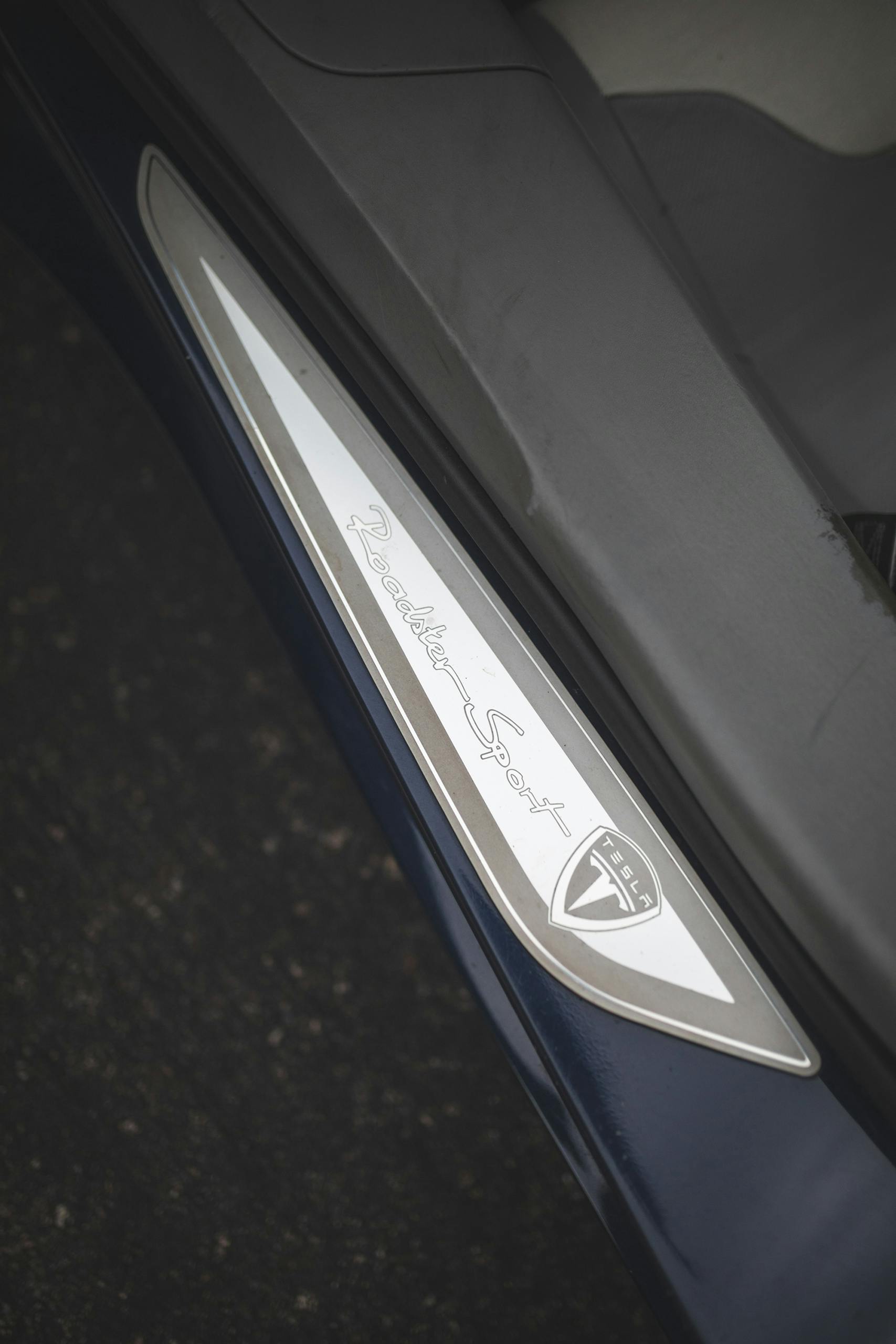









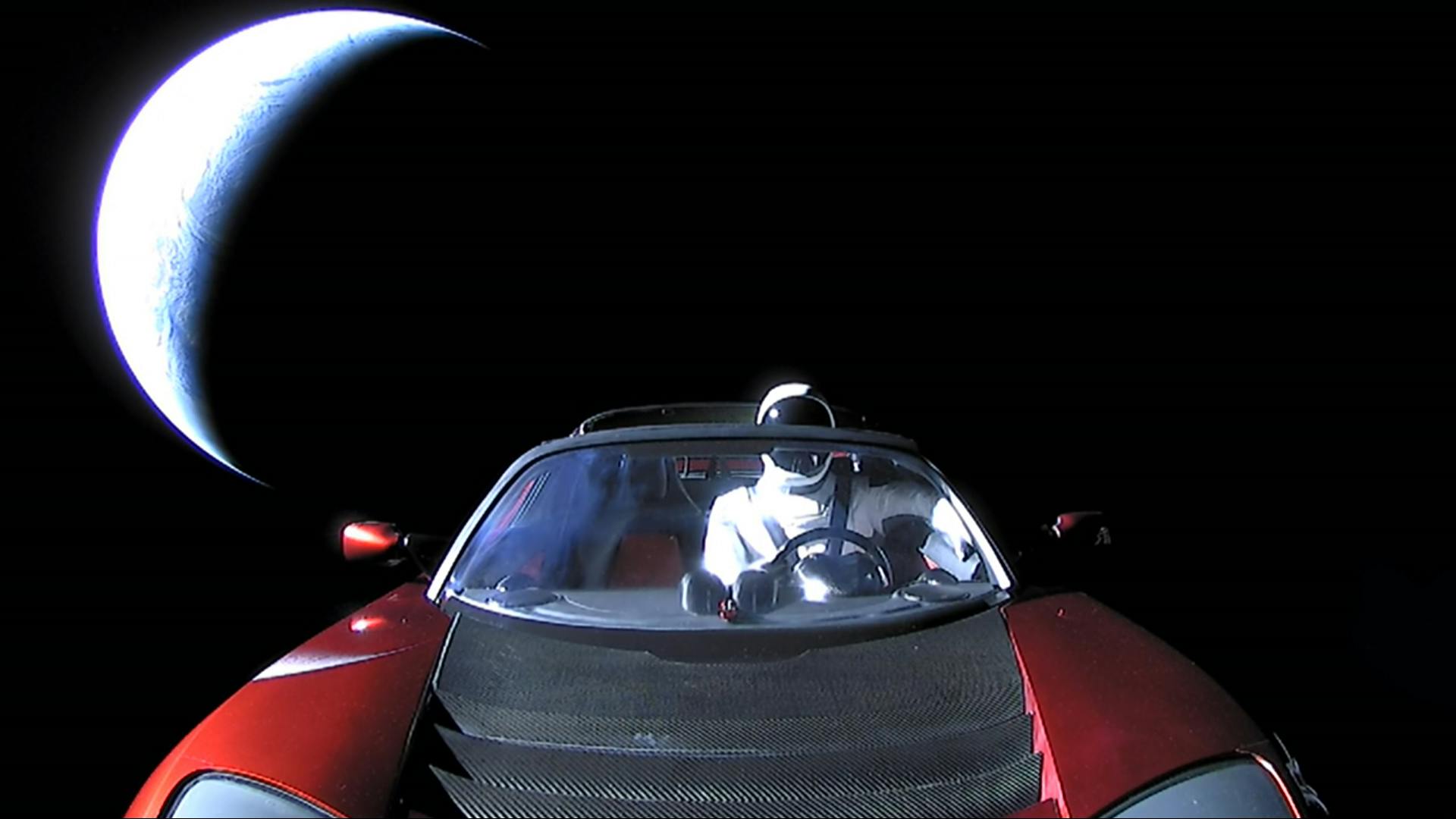







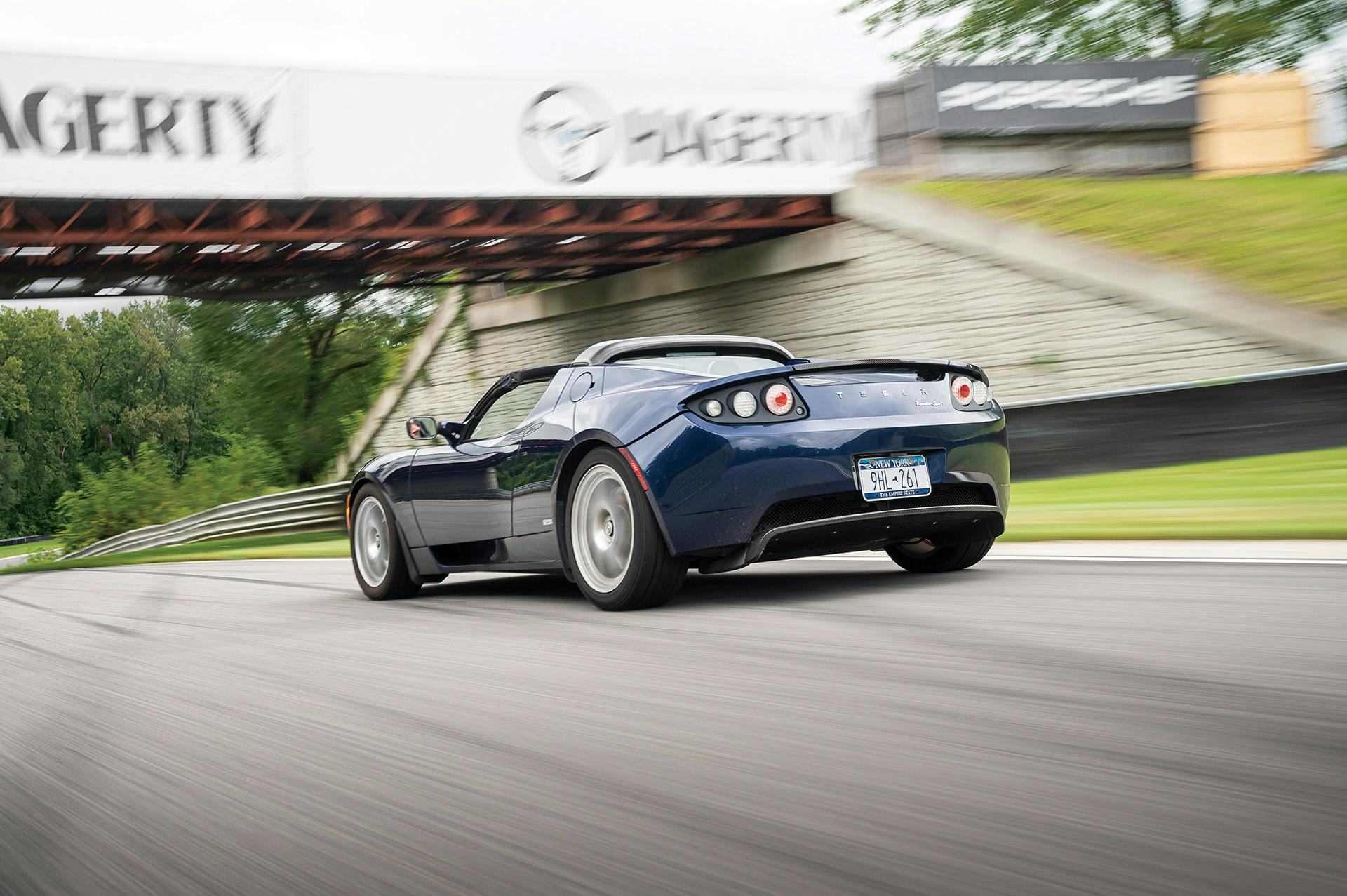
Talk it up all you like but a limited range small Lotus is not the way to go. This is like a Delorean. It popular because it is a cult car not because it was a great or even good car.
I would rather have the Opel Gas version of this car.
First car from a brand with cult like kool-aid drinking fans. Yeah it will be a collectors car if for no other reason.
Your chances of getting replacement batteries are less than zero. Just ask all of those involved in a lawsuit with Tesla for not providing replacement batteries.
Nearly 20 year old battery pack…
If the first Iphone auctioned for 190K this thing ought to be worth 1 billion. Probably a really good investment for someone who was the free cash to get in. I’m guessing batteries could be put together that would make it work better, but even if not, it has value to some.
It probably works as well as a IPhone one.
Batteries were basically AAs assembled into packs I believe. Some electronics for charge controller and limiting depletion to keep them working. Yeah fairly simple for someone out there
Tesla has now risen to the top of the desirability list and is now the world’s # 1 selling vehicle and now with top quality too. That is sure to make the Roadster values soar. It helps that Elon Musk owns the very first one ever built, a black one. I don’t want a Roadster but many will.
My brief research indicates the very first Tesla Roadster ever built, number 00001 in cherry, is indeed the one in space. I also couldn’t find any hint that he hated it.
The common misconception is that the Tesla Roadster is an electric Lotus Elise. This is completely false. The Tesla Roadster and Lotus Elise share windshields and some bits around the cowl. The rest was designed and engineered for the Tesla, which is why it feels so well integrated. The comment about limited range is misleading as well. The original Nissan Leaf had a range of 73 miles, where the Tesla Roadster had a range of 221 miles. By 2008 standards, the Tesla was amazing – I wish I could have afforded one then.
I’d rather collect Panther cars. Everyone will stop and stare and remember the days of the Crown Vic being the #1 police cruiser. It’s engrained in our memories. It was part of our landscape. Part of who we were as a country.
Mark my words. Panther cars are already going up in value. Try to find a used 2008+ Lincoln Town Car in good shape for less than $10,000 these days.